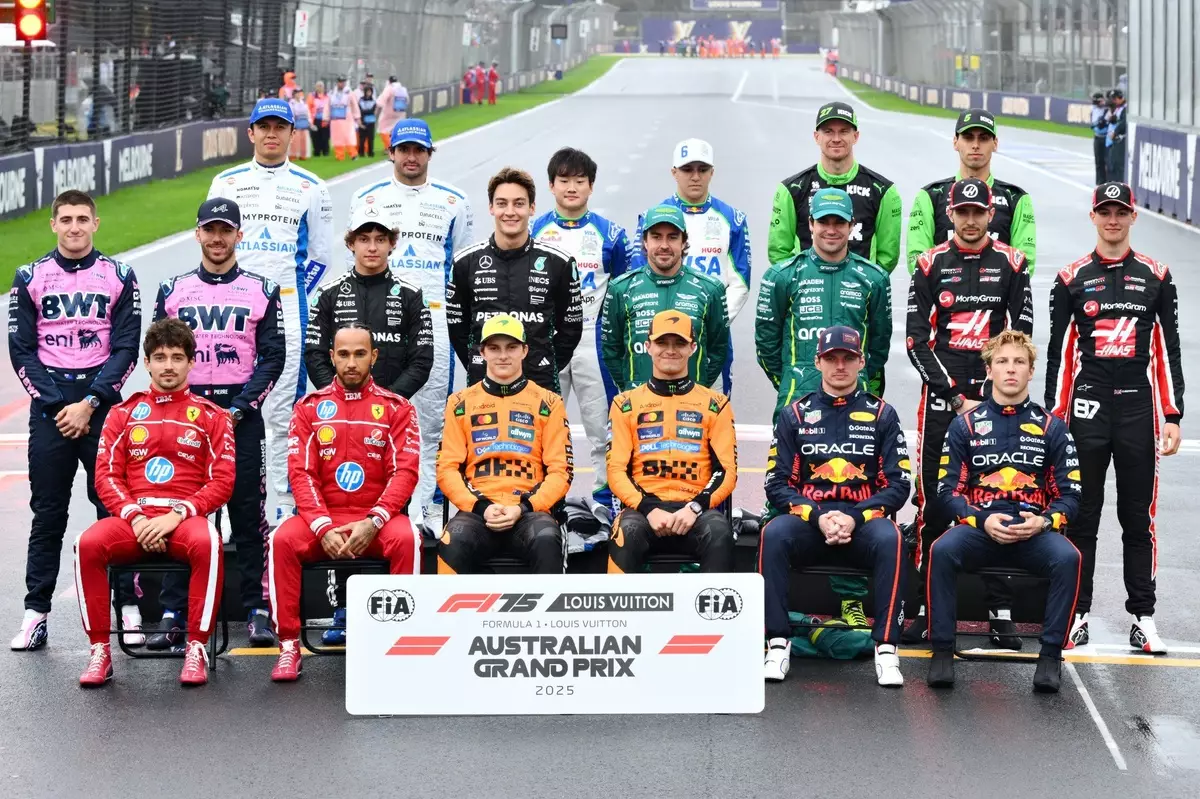Formula 1’s driver market remains one of the sport’s most captivating and unpredictable arenas, especially as the 2026 season approaches. While fans and analysts eagerly debate potential moves, the reality is that the landscape is shaped by a multitude of variables—contract clauses, team dynamics, manufacturer ambitions, and emerging talent. Unlike the straightforward negotiations of other sports, F1’s driver politics are layered with strategic calculations, making the upcoming grid one of the most intriguing puzzles in recent memory. This blend of high-stakes performance negotiations and team ambitions means that any prediction is a gamble, but understanding the key factors that will influence driver placements provides insight into what is likely to unfold.
The first critical factor influencing the 2026 grid is the contractual situation of reigning world champion Max Verstappen. Despite signing a lucrative deal with Red Bull until 2028, whispers circulating from paddock insiders suggest that his contract may contain performance-based exit clauses. While his performances this season have been dominant, the complexity of his deal could allow Verstappen to consider options should certain targets not be met. This opens the possibility of a shock move, although many variables—such as Red Bull’s internal changes, notably Christian Horner’s departure, and the team’s evolving engine partnership—add layers of uncertainty. Should Verstappen decide to explore opportunities outside the Red Bull fold, Mercedes, with Toto Wolff’s admiration for the Dutch driver, could be waiting in the wings. The prospect of Verstappen powering a Mercedes, especially amid the potential of a new strategic partnership with Aston Martin’s revolutionary Red Bull-designed car, offers a tantalizing alternative to current Red Bull loyalties.
Meanwhile, the second seat at Red Bull is equally up for grabs, as recent performances from younger drivers such as Yuki Tsunoda and Isack Hadjar create a complex selection process. Tsunoda’s contract expiry and mixed results likely mean he might not be retained, whereas Hadjar’s impressive outings with the sister team Racing Bulls suggest he could be promoted. This potential reshuffle could influence the entire driver market, with other teams taking note of who earns the opportunity to step into the premier Red Bull cockpit.
Mercedes and Williams: Navigating Contract Uncertainties and Emerging Talent
At Mercedes, the driver situation remains equally compelling. George Russell’s contract ends at the close of this season, yet negotiations for an extension are yet to be finalized. The dynamic between Verstappen and Russell is well-known for its rivalry, and their contrasting personalities may influence their futures significantly. If Mercedes opts to retain Russell, it might be a signal of faith in his development, but if not, the team could look toward younger talent or external options. Conversely, Andrea Kimi Antonelli’s contract status also hangs in the balance. The young Ferrari-affiliated driver has shown flashes of promise but has struggled with consistency. Mercedes’ decision on Antonelli’s future might serve as a bellwether for team strategy—whether to invest in youth or seek more proven talent.
The 2026 grid will also see a new entry as Cadillac prepares to debut as F1’s 11th team. This ambitious project backed by General Motors could introduce fresh drivers to the sport, although establishing themselves among seasoned competitors will be a challenge. Rumors abound that Sergio Pérez could be a prime candidate for Cadillac, bringing much-needed experience and racecraft. The former Red Bull driver’s familiarity with competitive environments makes him a compelling choice for the American team. However, the availability of other experienced drivers like Valtteri Bottas or even Mick Schumacher keeps the landscape highly fluid.
Emerging Contenders and the Battle for Seats
The 2026 driver market promises a complex web of relationships, ambitions, and strategic moves. Young drivers like Zhou Guanyu and Jak Crawford are carefully monitoring the situation, aware that a single strong season could catapult them into top-tier teams. Meanwhile, seasoned drivers on the periphery—such as Mick Schumacher and Zhou—are balancing their own career aspirations against the reality of team constraints and sponsor considerations. The landscape is further complicated by manufacturers’ ambitions, as teams like Ferrari, Mercedes, and Aston Martin are all eyeing the future with eye-popping investments in new cars and technology.
Ultimately, the driver line-up in 2026 will be shaped by a mix of contractual obligations, team strategies, driver performances, and external factors such as manufacturer involvement and emerging talents. The intricate dance of negotiations, the subtle power plays, and the relentless push for competitive advantage mean that the grid’s future remains opaque but undeniably fascinating. One thing is certain: the sport’s evolution over the next few years will not only redefine team dynamics but also set the stage for a new chapter of excitement, rivalry, and innovation in Formula 1.

